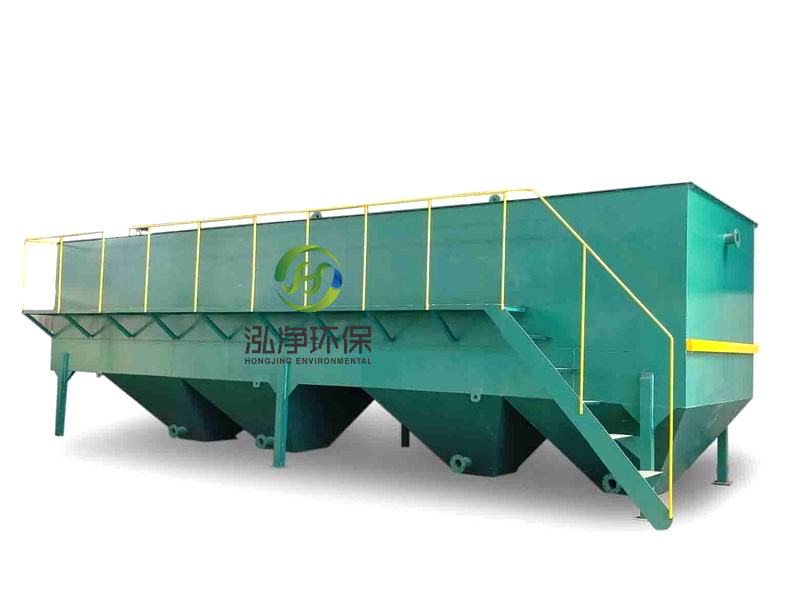
1、 Product features:
1. Customized products: customized production according to water quality, water quantity, emission requirements, and other requirements;
2. Equipment material: carbon steel material, stainless steel material;
3. Equipment Overview: The high-efficiency sedimentation tank is a commonly used water treatment equipment, mainly used to remove suspended solids, sediments, and colloidal particles from water. An efficient sedimentation tank is a type of high-efficiency combined sedimentation tank designed based on the principle of shallow tank sedimentation, also known as a shallow tank sedimentation tank. Set up many dense inclined pipes or plates in the settling area to allow impurities in the water to settle in the inclined pipes or plates. The sludge separated by the upward flow of water along the inclined pipes or plates slides down to the bottom of the pool under the action of gravity and is then discharged in a concentrated manner;
2、 Technical principle:
In a vertical flow sedimentation tank, sewage flows vertically at a flow velocity v from top to bottom, and suspended particles in the sewage have the following three motion states:
① When the particle settling velocity u>v, the particles will precipitate downwards with a difference in u-v, and the particles will be removed;
② When u=v, the particles are in a random state and do not sink or rise;
③ When u is present, the particles will not settle down and will be carried away by the rising water flow.
3、 Application scope:
The inclined tube sedimentation tank is suitable for the treatment of industrial wastewater such as electroplating, coal mining, printing and dyeing, leather making, food, chemical industry, etc.
1. Electroplating wastewater: mixed wastewater containing multiple metal ions, such as chromium, copper, iron, zinc, nickel, etc., with a removal rate of over 90%
2. Coal mine and mineral processing wastewater: can reduce turbidity from 500-1500 milligrams per liter to 5 milligrams per liter
3. Wastewater from printing and dyeing, bleaching and dyeing: chromaticity removal rate of 70-90%, COD removal rate of 50-70%
4. Wastewater from industries such as leather and food: removal of a large amount of organic matter, COD removal rate of 50-80%, and impurity solid removal rate of over 90%
5. Chemical wastewater: COD removal rate is 60-70%, chromaticity removal is 60-90%, and suspended solids meet emission standards
4、 Application Cases





